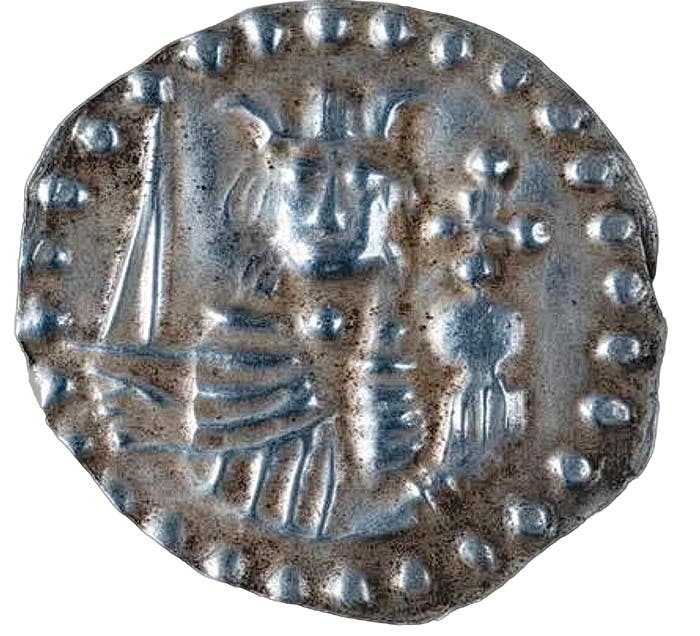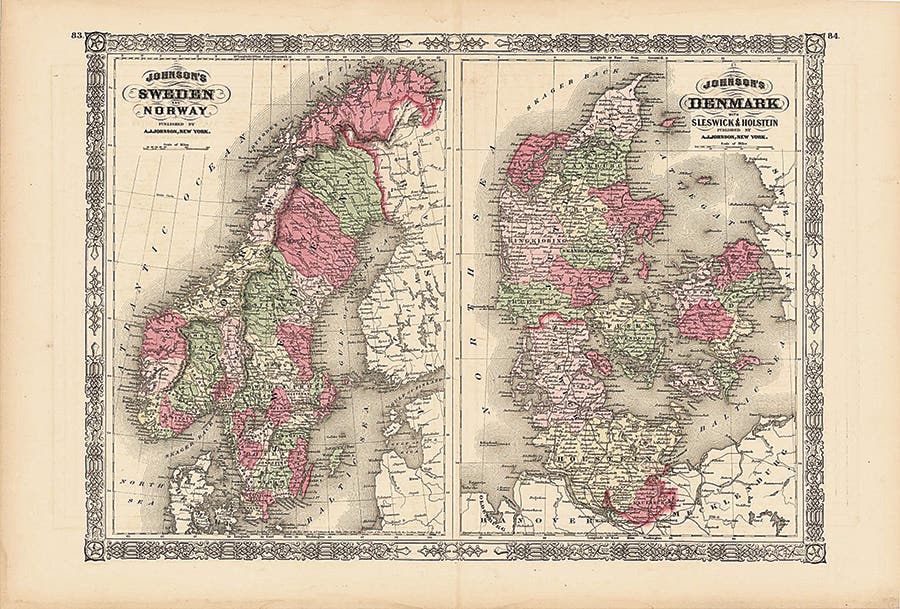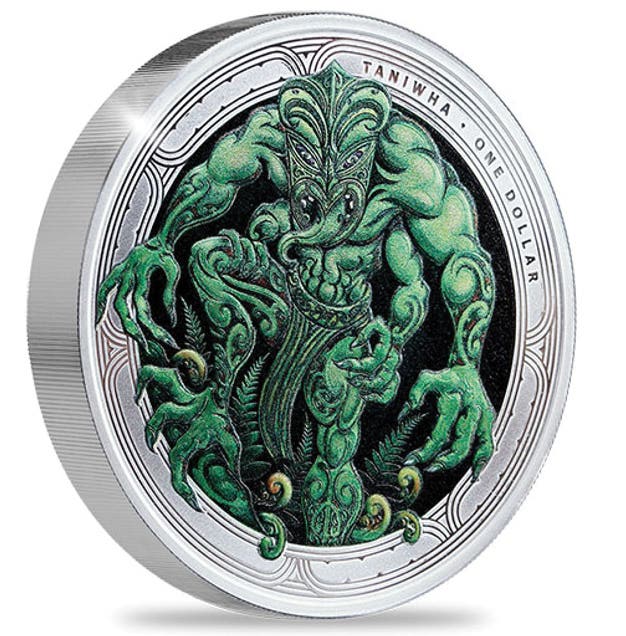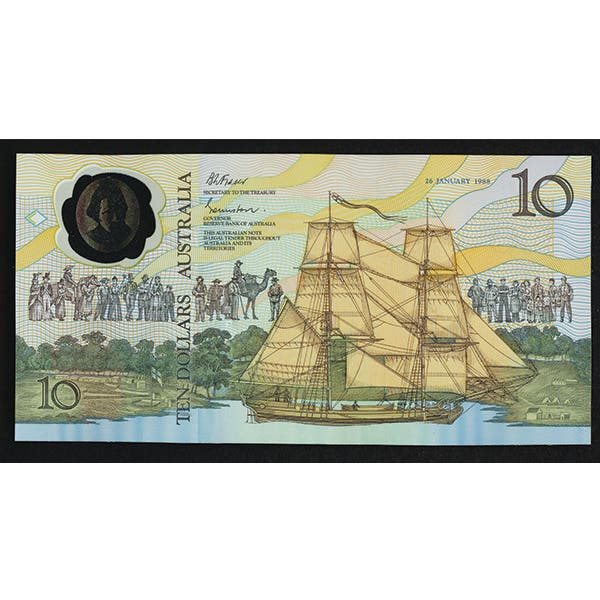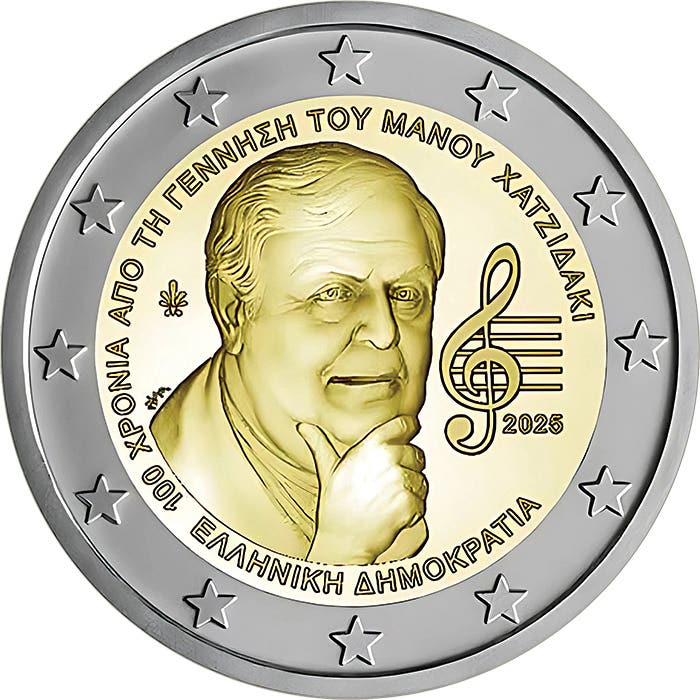Rare and Precious Metal Bullion Coins
In the past three decades, the field of gold and silver bullion coins has exploded. In the 1970’s, there were a few issuers of gold bullion coins, but by the…
In the past three decades, the field of gold and silver bullion coins has exploded. In the 1970’s, there were a few issuers of gold bullion coins, but by the end of the 1980’s there was a playing field with a huge number of mints issuing both gold and silver bullion coins. For the most part, silver bullion coins were one-ounce pieces, while the gold bullion offerings spanned from a high of one-ounce down to a low of 1/10-ounce pieces. An entire generation of collectors has come up with these coins and find them to be as normal as any other coin series. But even the bullion coin market is now seeing some changes and expansions. Let’s look at a few of the bullion coins that are not as popular as gold and silver.
Platinum
Platinum is a relatively new metal when it comes to elements on the Periodic Table. While much of it comes from South Africa today, where it is mined in the geologic formation called the Merensky Reef, it has been produced in several other countries as well. The first discovery of platinum was by the Spanish gentleman Antonio de Ulloa in the mid-1700’s. The metal was co-located with gold, and difficult to separate from it, since it did not react with any of the acids known at the time. After considerable study and debate among the scientists of Europe, this was proclaimed to be a new metal, something both rare and exciting for the time.
Several nations have ventured into the realm of platinum bullion coins, the United States among them. But the U.S. is a relative newcomer to this game, having first produced platinum eagles in 1997. Australia and Canada, two nations with extensive mineral wealth, had been producing platinum Koalas and Maple Leafs since 1988. Curiously, a small land with very little mineral wealth beat all the others as first in the game – the Isle of Man produced its first platinum Nobles in 1983. For enthusiasts who want a bullion coin that is also a scarce foreign coin, the Nobles can make an impressive addition to any collection.
Like all the others, the United States has minted not only one-ounce platinum Eagles, which can be expensive, but 1/2-ounce, 1/4-ounce, and even little 1/10–ounce platinum Eagles. These smaller weights and denominations can be a somewhat easier way for the collector on a budget to purchase some of this precious metal.
One fascinating aspect of the platinum Eagle program is the ever-changing designs on the reverse. To start the program off, from 1997 – 2003, an eagle is featured on the reverse, but always in some different scene. The 1997 eagle is said to be soaring above the nation, with the sun and its rays behind, while each succeeding year shows the eagle over some region of our country. Starting in 2004 different aspects of government have been portrayed. Starting in 2009, the Preamble to the Constitution has been featured, one clause at a time. The overall effect is a program that is rich in imagery and in artistic designs. Trying to collect an entire date run of the one-ounce platinum Eagles with all these different designs will be an expensive proposition. But going at this by starting with the smaller pieces is something many of us can probably afford.
Palladium
Element 46 on the Periodic Table, palladium, is right on top of platinum, and for quite a while trailed platinum in terms of price. That has reversed itself of late, with palladium being the more costly of the two. Palladium has an even shorter history than platinum, being discovered only in 1803, but also has a wonderful connection to our hobby. The asteroid Pallas was only the second object in the asteroid belt to be named, after the biggest of them had already been christened Ceres. But the name Pallas is shortened from Pallas Athena, the patron goddess of Athens, and the figure who graces the silver Athenian Owl of ancient times. Palladium was discovered at about the same time and named after the asteroid.
Palladium is a metal from which bullion coins are made in what we might call a continuing attempt. What we mean is that they were first minted by Portugal, but only for a bit more than a decade, from 1987 – 2000. Russia and China gave this precious metal a shot next, with Russia producing palladium Ballerinas from 1989 – 1995, and China producing palladium Pandas for only three years between 1989 and 2005. Australia and Canada are also in the line-up, but like the others only produced palladium pieces for a few years. Maybe this is because of the scarcity of the metal, or that it is used in other applications. Our own United States Geological Survey produces an annual Mineral Commodity Summaries book – a freely downloadable volume – in which palladium is grouped with several other metals called the PGMs, for platinum group metals. In this, it makes the comment, “The leading domestic use for PGMs was in catalytic converters to decrease harmful emissions from automobiles.” With the major use for this metal being catalytic converters, there may simply not be enough for a steady production of bullion coins to take hold.
The United States Mint did decide to wade into these waters very recently, 2017 to be exact. If our palladium Eagle looks a bit like Mr. Weinman’s very famous Mercury dime, well, that’s because the design is the same, lock, stock, and winged-helmeted-barrel. Aficionados of the artwork will claim quickly that Weinman’s winged Liberty looks amazing as a larger coin, which is tough to argue with. Interestingly, the reverse, with its wonderfully rendered eagle, is another of Mr. Weinman’s designs, but one that never made it to a circulating coin.
The mintages of the palladium Eagles are nowhere near as high as some of the mintages for gold and silver Eagles, which may simply reflect how little most of us are aware of this rather new bullion coin offering. Of course, when palladium metal has a price tag of about $2,300 per ounce, and when certified examples in grades such as MS-69 or even MS-70 go for much more, plenty of collectors will turn to other, more affordable collecting possibilities. But adding even one palladium bullion coin to a growing collection might make for an instant “crown jewel.”
Niobium
Since we have ventured into bullion coins of platinum and palladium, let’s go a bit farther out on the limb, as it were, and glance just briefly at a metal or two that have yet to be made in any serious amount as bullion coins. The first is niobium, a metal that the Austrian Mint has made into a series of collector pieces in the past few years. Collectors of bullion coins probably know of the Philharmoniker coins, one of the bullion offerings of Austria. But in 2003 the Austrian Mint made waves and history by issuing a bimetallic coin with an outer ring of silver, and a niobium center. That was the first of what has become several niobium bimetallics.
If we have to scratch our heads as to any uses of this rather rare metal, well, that’s no big problem. There are basically no objects made of niobium alone. Rather, small amounts of it are alloyed into steels to make them harder. Also, the wiring in hospital MRIs are routinely a niobium-tantalum alloy which can be superconducting at low enough temperatures. The idea of niobium coins remains a novel one, even to many collectors of world coins.
Rhodium
Believe it or not, there is one other metal from which a nation has managed to make a bullion coin. The tiny island nation of Tuvalu, out in the enormous South Pacific, has produced the “Tuvalu South Sea Dragon,” and done it in rhodium! This is another one-ounce bullion coin, but with a mintage of only 1,000 pieces, most of us will agree that it is a collector item, and not really something that is designed to rock the bullion market and compete with the big guns in the field. And with this small a total mintage, no matter what any seller says it is worth, it’s tough to determine just how much we’d want to spend.
Beyond these metals?
The United States Mint has made no noises about expanding its bullion coin program to anything like niobium, rhodium, or any other exotic, little-known metal. But since its gold, silver, platinum, and palladium bullion coins have proved to be winners for the Mint, it might be a case of sticking with a winner – or with four winners. For those of us who think all of them cost far more than we’d like to spend, with the possible exception of the silver Eagles, we might want to keep in mind the little, 1/10–ounce pieces. After all, even a little gold – or platinum – can be a fun pursuit for collectors.




